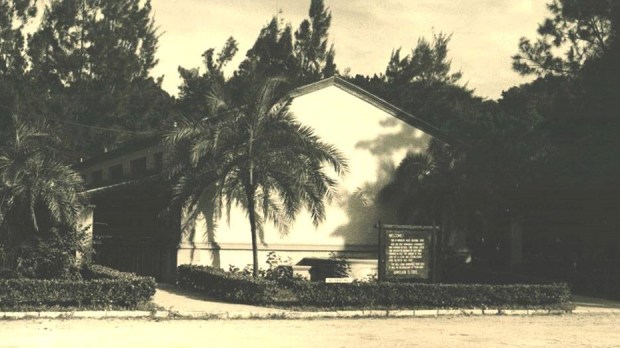For American Catholics, Florida is a lot more significant than the attention it gets. The very first Mass was celebrated there, in 1565, in a field in what is now the city of St. Augustine.
Today, the site is a place of pilgrimage: the Mission Nombre de Dios and the Shrine of Our Lady of La Leche.
But it’s also a place of mystery, one that University of Florida archaeologist Kathleen Deagan is working to unravel.
It turns out that a local priest-archaeologist, Fr. Charles Spellman, uncovered the remnants of what is thought to be the first stone building and shrine dedicated to Our Lady of La Leche back in the 1950s. It was a building believed to have been constructed in 1677. According to the St. Augustine Record, Fr. Spellman discovered artifacts and made a map of the site, but he never shared his discovery with the archaeological community.
“It got covered up and everyone forgot about it,” Deagan said.
Fr. Spellman’s report was buried in the church’s archive until 2009 when it was rediscovered. Deagan, in collaboration with Flagler College in St. Augustine, is continuing the priest’s work by attempting to making an actual dig.
“The goal is to completely expose it and document it in order to try to determine the function,” Deagan told the Record. “Was it a church, a chapel, a convent? We know a lot about the mission, but we don’t understand much about this building.”
Among other things, Deagan’s team might answer questions about how the mission and city of St. Augustine interacted with each other and how the Native people may have intermingled with Spanish settlers.
Meanwhile, the public will be allowed to view the archaeological site until November 1.

